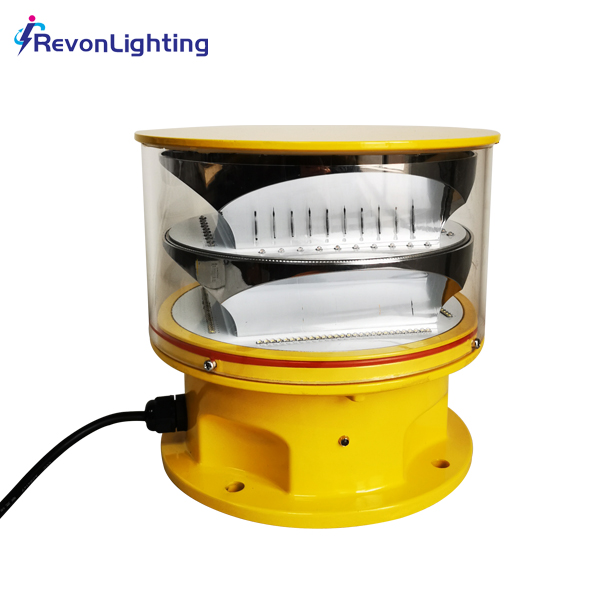Airport obstruction lights are important safety features that alert aircraft pilots of potential obstacles that could interfere with their flight paths during takeoff, landing, or approach. These lights are designed to be highly visible, even in low-light conditions or adverse weather. Here are some of the advantages and applications of airport obstruction lights.

Advantages:
1. Increased Safety: Airport obstruction lights significantly increase the safety of air travel by warning pilots of potential obstacles in the flight path, allowing them to adjust their approach and avoid collisions.
2. Improved Visibility: The bright and highly visible lights make it easier for pilots to see and avoid obstacles during landings and takeoffs, even in low-visibility conditions.
3. Durability: Airport obstruction lights are designed to withstand harsh weather conditions such as wind, rain, and extreme temperatures, ensuring they remain functional during any weather conditions.
Applications:
1. Towers: Tall structures like radio and cell towers can pose a risk to aircraft, making it essential to have airport obstruction lights installed to alert pilots of their presence.
2. Buildings: Tall buildings in close proximity to airports also require obstruction lights to help pilots navigate safely.
3. Wind turbines: Increasingly common near airports, wind turbines can create significant risks for aircraft, which can be mitigated by the installation of obstruction lights.
4. Cranes: During constructions near airports require illuminations that would be seen by pilots.
In conclusion, airport obstruction lights are essential safety features that significantly improve air travel safety. They are highly visible, durable, and suitable for a range of obstacles, applications, and conditions. The installation of airport obstruction lights must meet safety standards set by the FAA (Federal Aviation Administration) to guarantee the safety of pilots, passengers, and airport staff. These lights continue to play a crucial role in preventing accidents and ensuring the safety of all those involved in air travel.